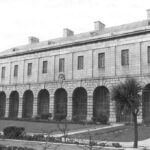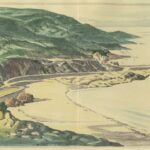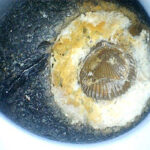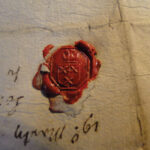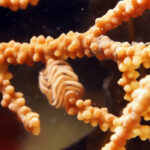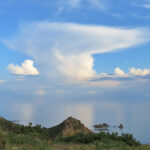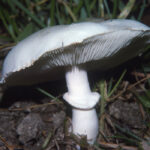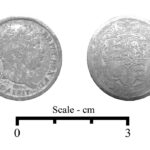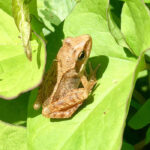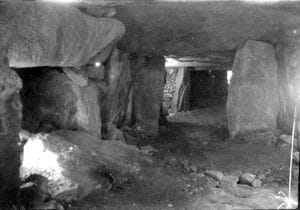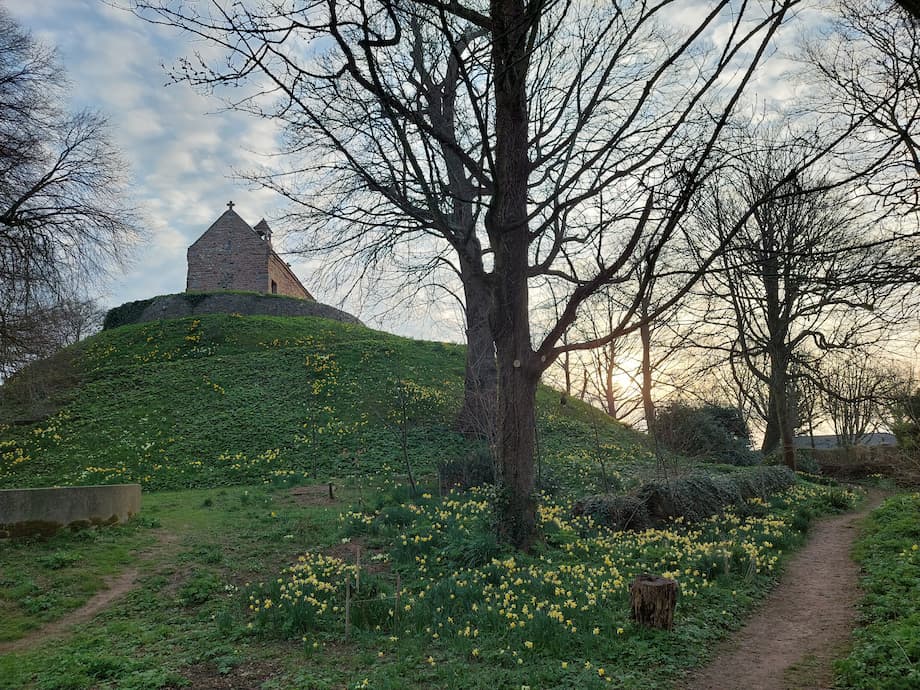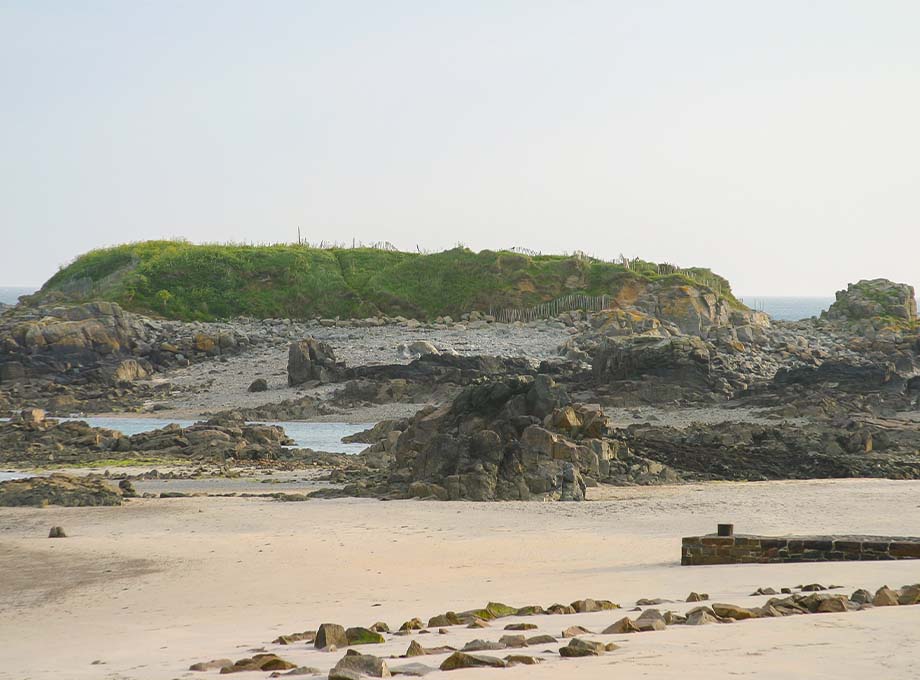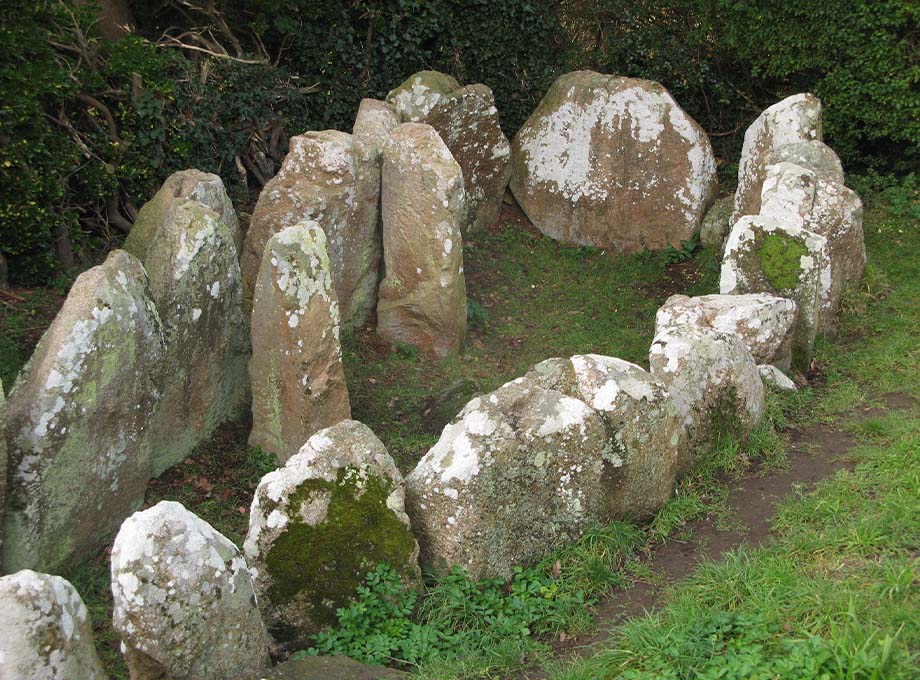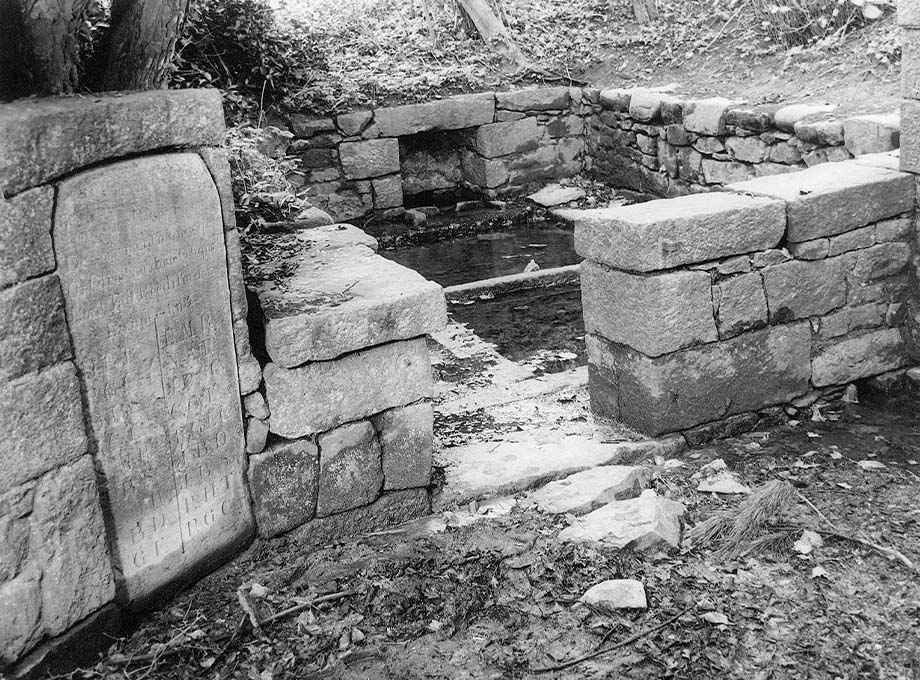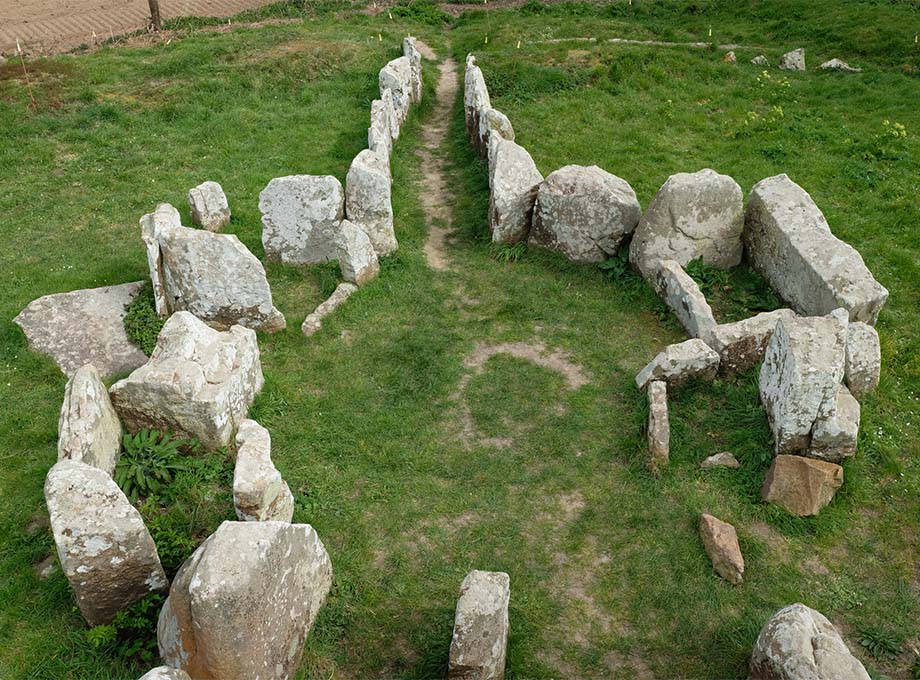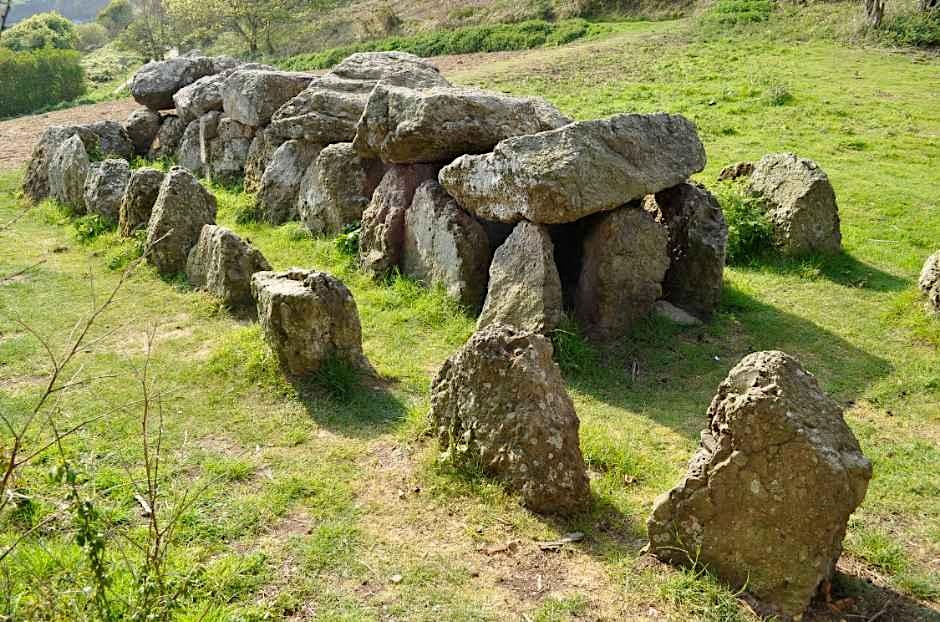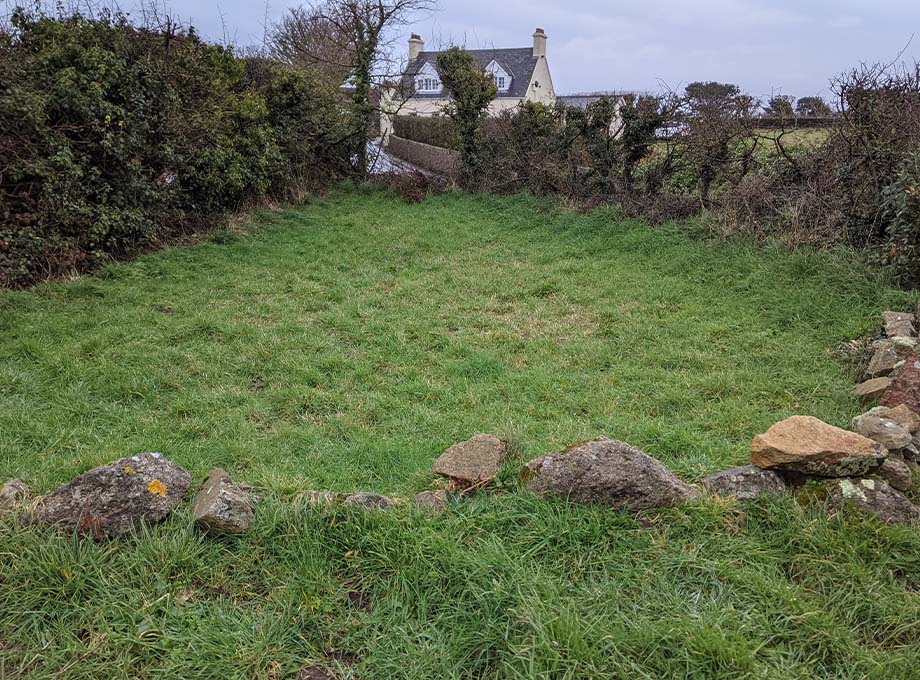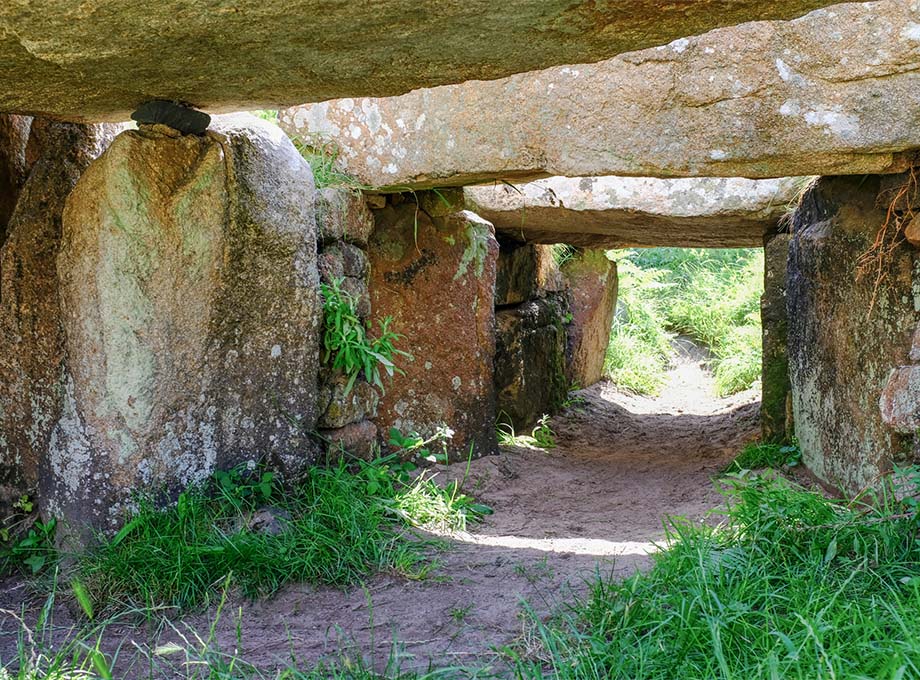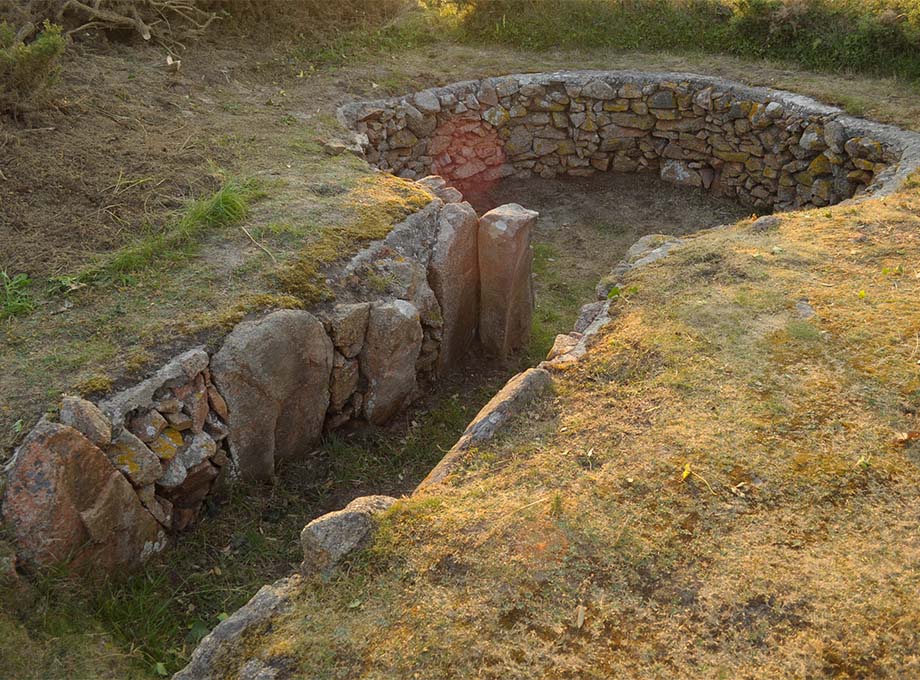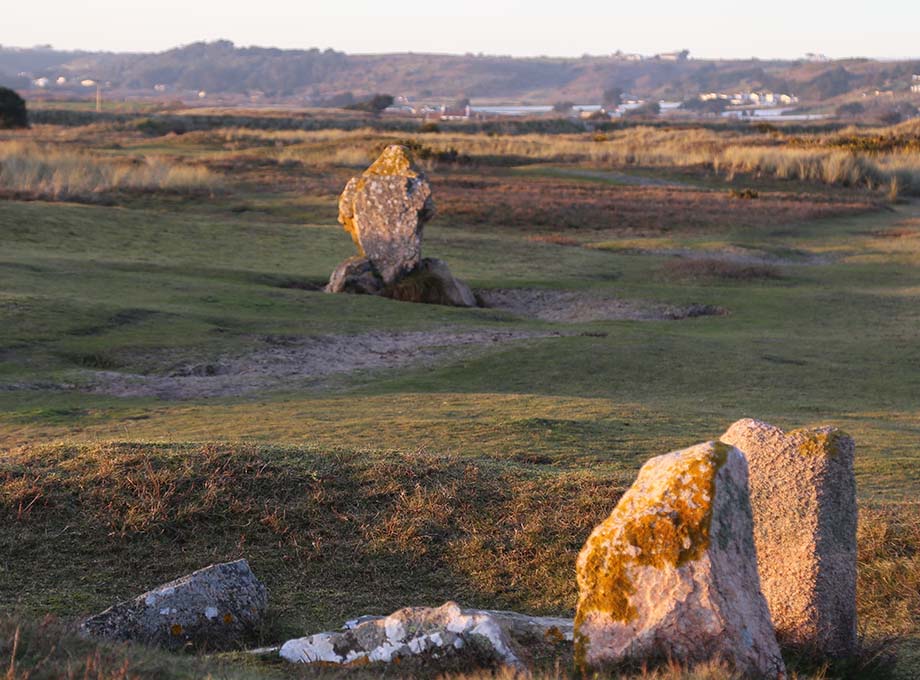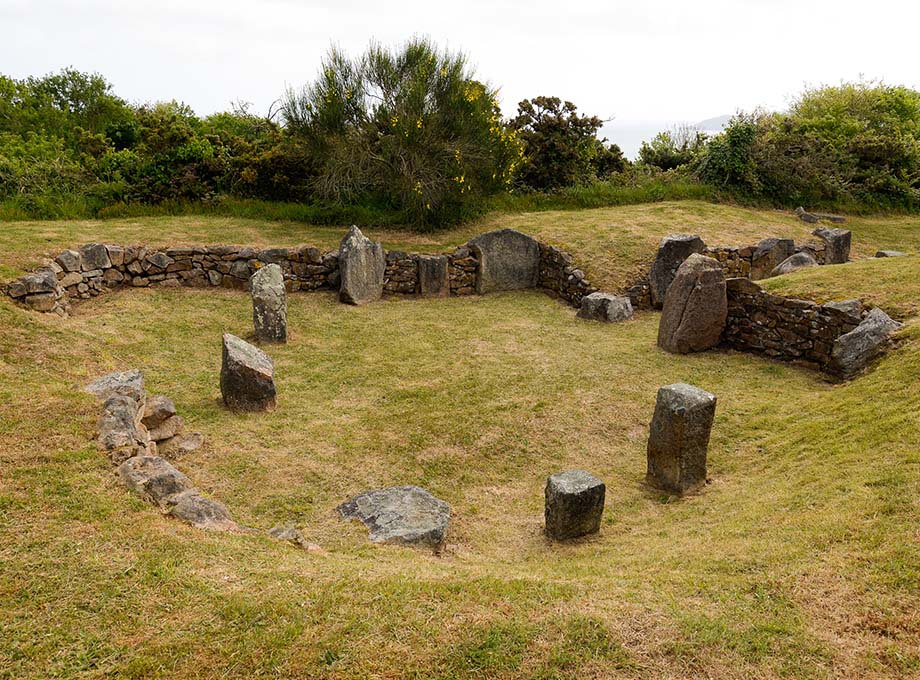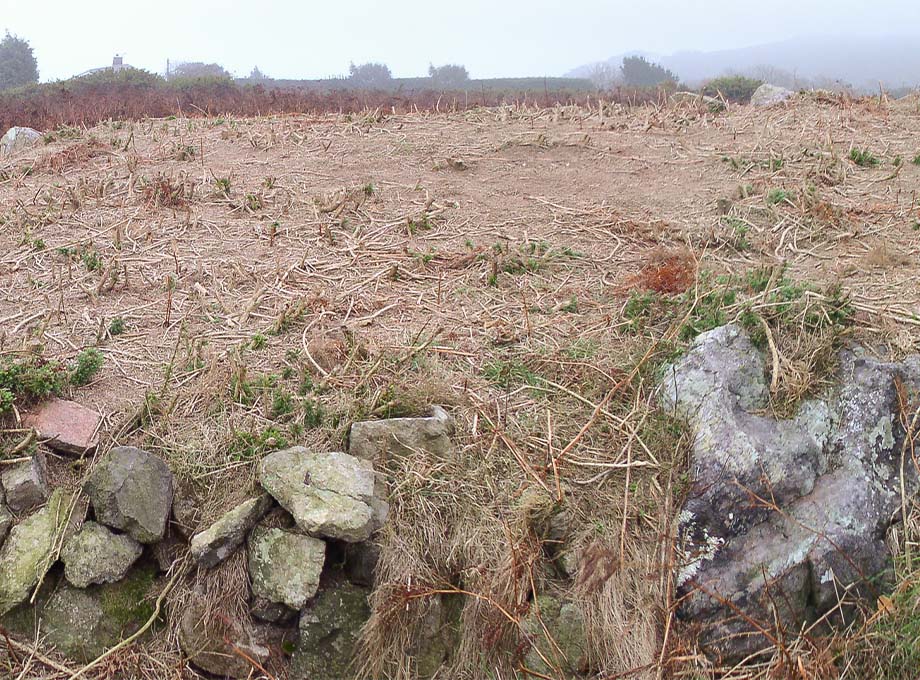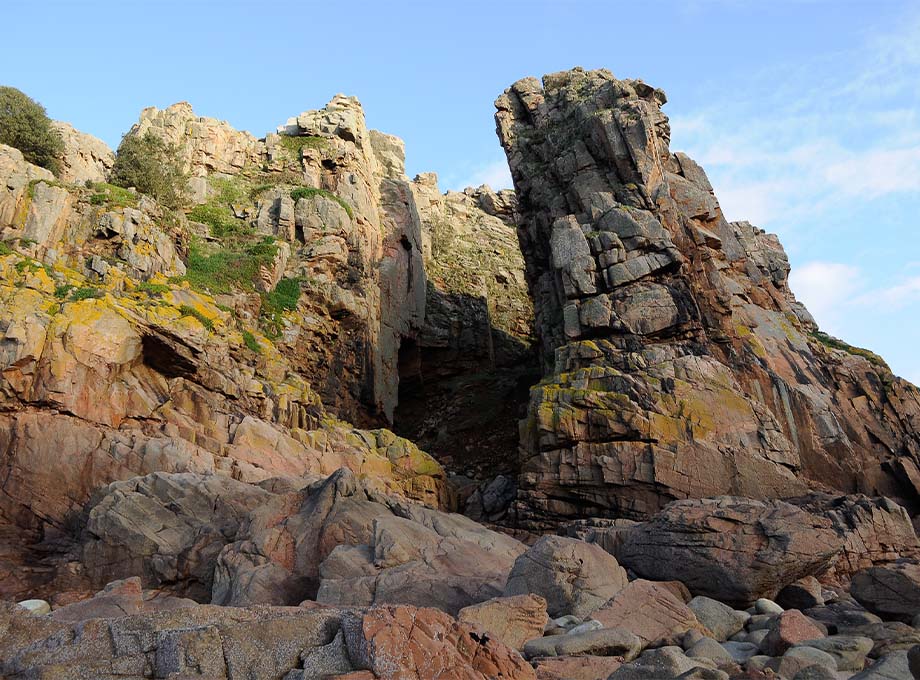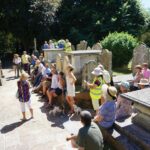
- Search Collections
Search Our Collections
You can explore our collections through curated digital resources or full catalogue listings via Jersey’s shared heritage database.
- Our Sections
- The Departments
Publications
Since its foundation in 1873, the Société has used publishing as means to share knowledge of Jersey’s history, culture and environment. Our publishing output forms a key part of our educational purpose.
Library
The Lord Coutanche Library supports the work of the Société Jersiaise by collecting and preserving material relating to Jersey's history, prehistory and natural environment.
Photographic Archive
The Photographic Archive (SJPA) contains over 125,000 items dating from the mid-1840s to the present day. It is the Island’s principal collection of nineteenth and early twentieth-century photography
Field Archaeology
The Société Jersiaise archaeologist is privately funded by a generous benefactor, which is a wonderful gift, for which the Société Jersiaise are extremely grateful.
- Blog Series
- Rules & Reports
